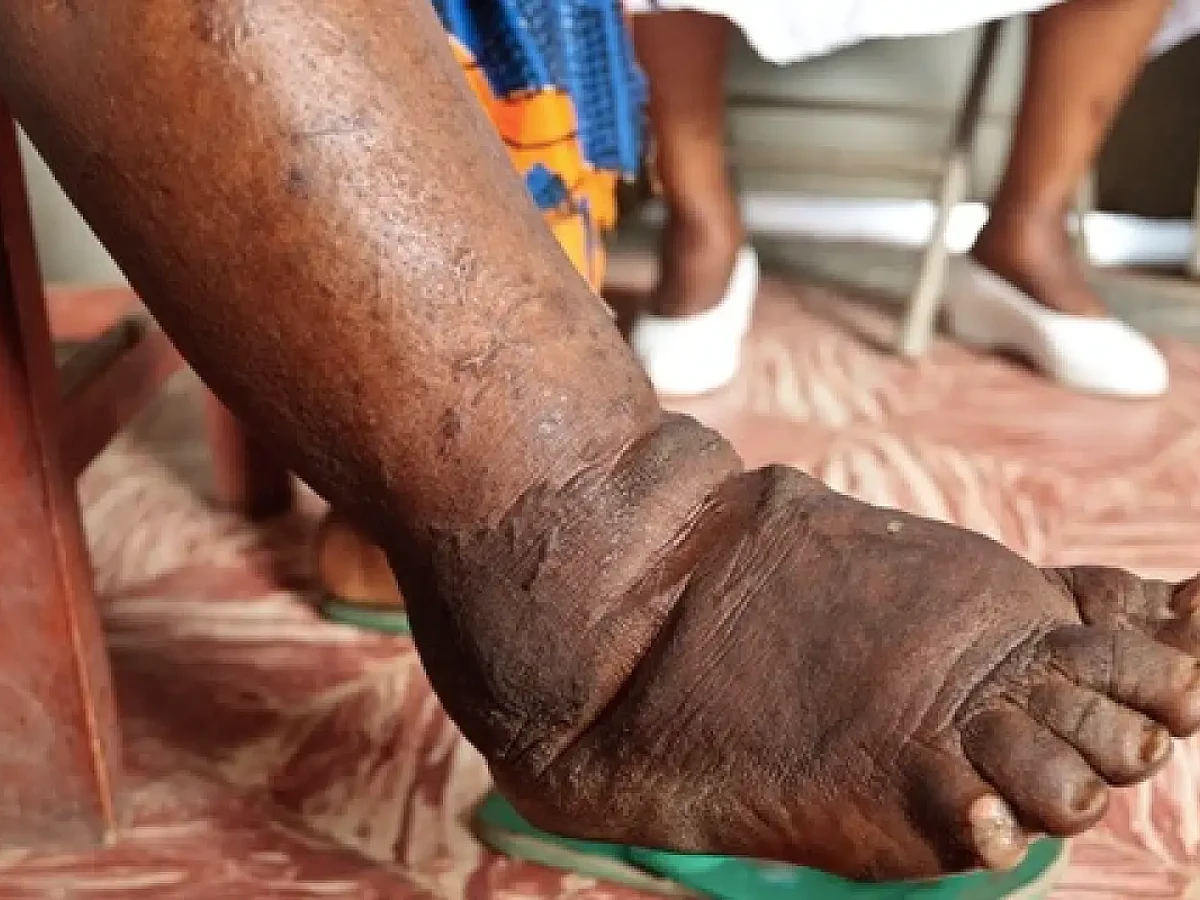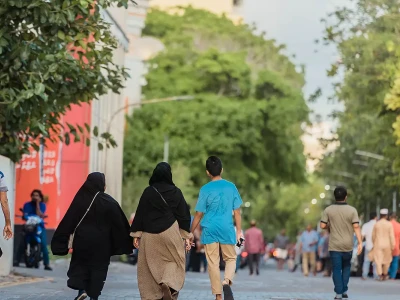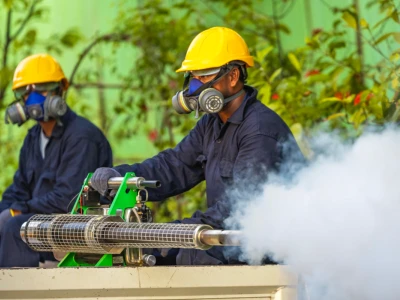
2 more cases of Filariasis found in Kulhudhuffushi
According to Dr Abdul Aziz Hameed, medical doctor, it takes about 12-8 months for the bacteria to multiply in the body and cause symptoms.
Top Stories
-
MP Mauroof released from custody, receiving hospital treatment
-
House floor sinks in Malé during nearby construction work
-
PNF to hold special rally at Artificial Beach on Wednesday
-
MDP MP says Mauroof arrest may breach parliamentary privileges
-
Complaint filed with JSC over judge’s remarks on defence lawyer
Two more cases of Filariasis have been confirmed in H.Dh. Kulhudhuffushi.
Seventeen cases of the eradicated Filariasis were detected in Maldives during a health campaign conducted in Kulhudhuffushi earlier this month to mark World AIDS Day.
With two more cases, the number of cases of Filariasis in Kulhudhuffushi has risen to 19.
The Health Protection Agency (HPA) said the foreigners who were infected with Filariasis in Kulhudhuffushi were from areas where the disease is already endemic.
With the discovery of the cases, more tests were conducted to confirm the presence of the disease and more people were screened for the disease.
More than 200 people have been screened for Filariasis in Kulhudhuffushi so far, Kulhudhuffushi Hospital spokesperson Mohammed Moosa told Atoll Times on Tuesday.
He said two more cases of the disease were identified during screening.
The 19 foreigners who tested positive for Filariasis have not shown any symptoms of the disease so far.
He said the authorities are working together to reduce the spread of the disease. They include:
-
Sampling of mosquito larvae and detection of disease-causing mosquitoes in the island
-
Destroy mosquito breeding grounds and treat them
-
Fogging of mosquito repellent in the island
Filariasis is commonly spread by the Culex mosquito, which lives in dirty water. This is a different mosquito from the Aedes mosquito that spreads chikungunya and dengue.
Filariasis spreads through the bite of this mosquito into the human body, when a parasitric worm called 'Wuchereria bancrofti' enters the body. The microscopic worm lives within the lymphatic system in the human body. It then reaches the nose and the mouth through the head.
According to Dr Abdul Aziz Hameed, medical doctor, it takes about 12-8 months for the bacteria to multiply in the body and cause symptoms.
The first symptoms include:
-
Fever; at this stage, there might not be any swelling
-
Chills
-
Headache
-
Vomiting
-
Anxiety
The treatment for filariasis is two medicines that are administered once.
To prevent this disease, it is important to look for mosquito breeding grounds and destroy them.
The last case of filariasis was reported in 2004 in L. Fonadhoo. The survey conducted since 2008 has not found any new cases of filariasis, the Health Ministry said.
A WHO team visited Maldives in 2011 to ensure that filariasis was eradicated. The disease was declared eradicated in Maldives in 2016.




